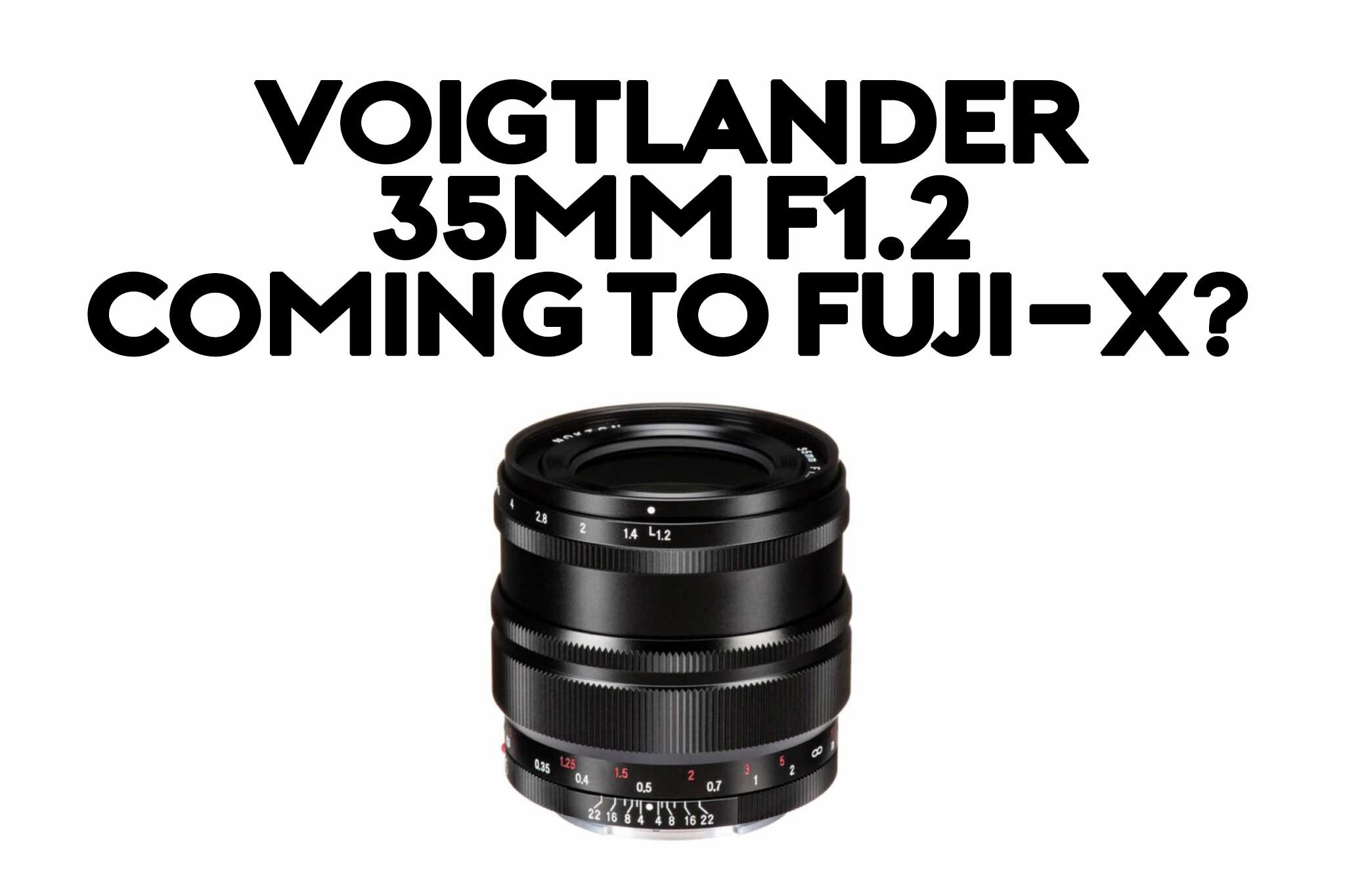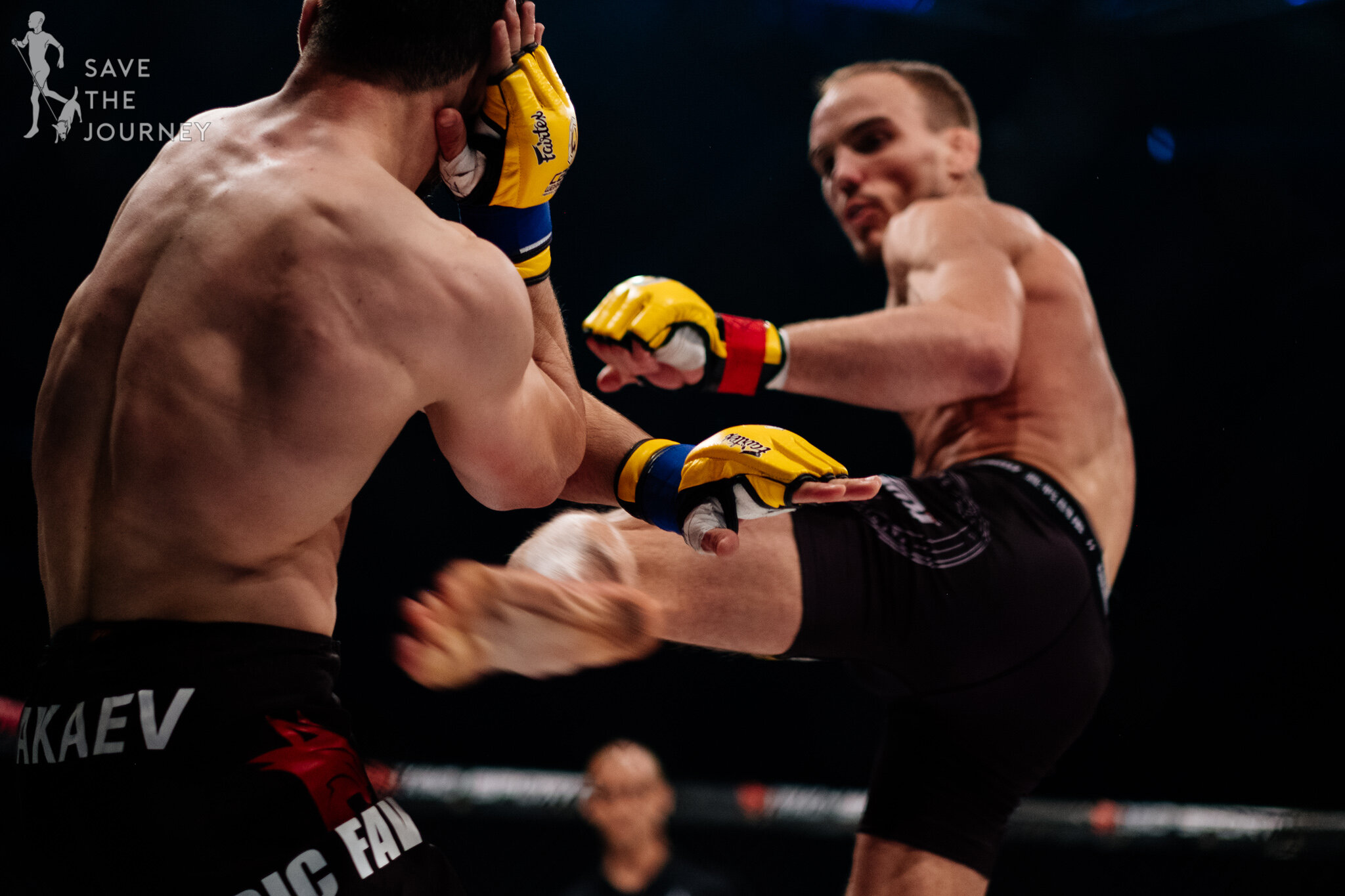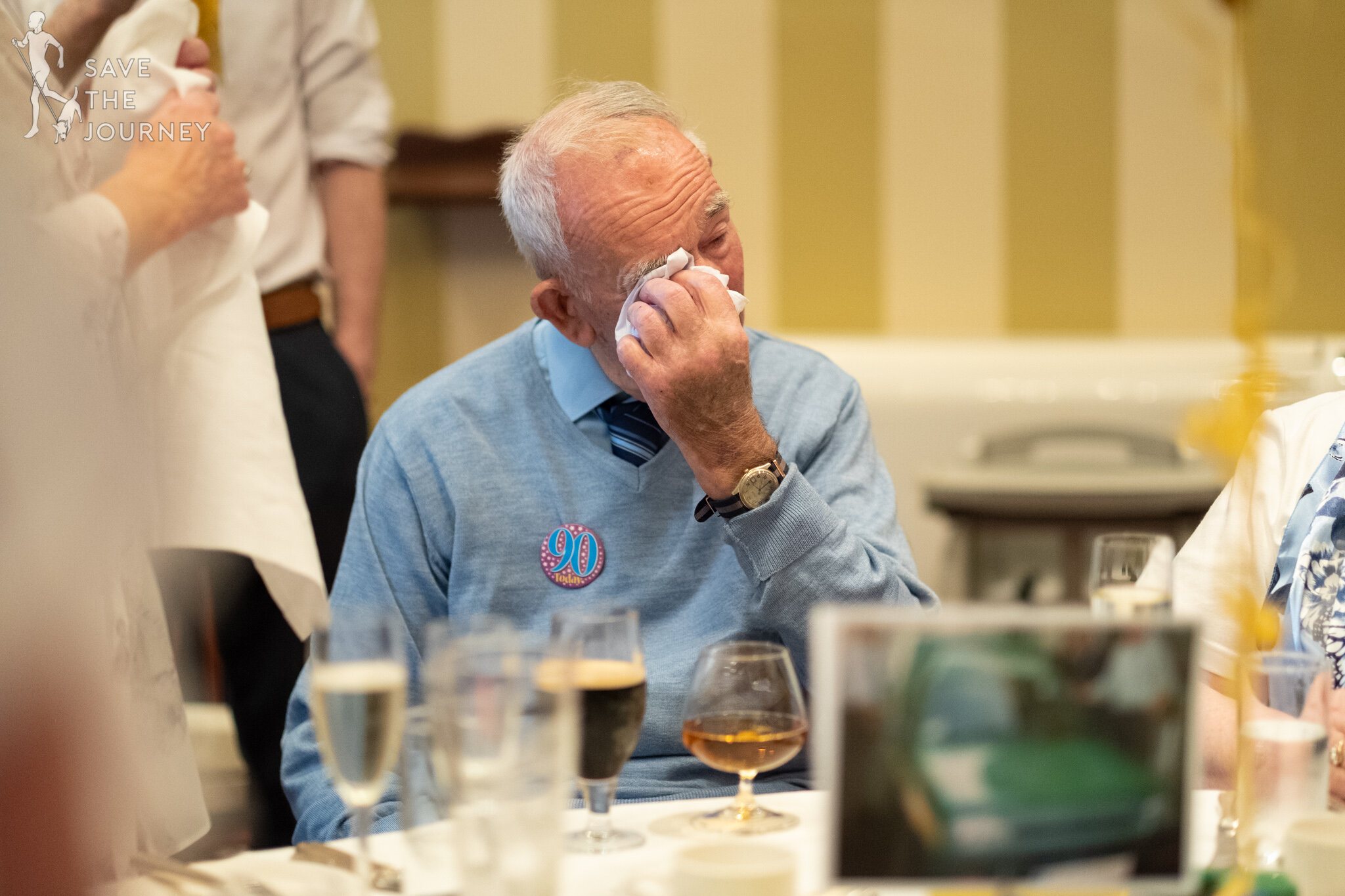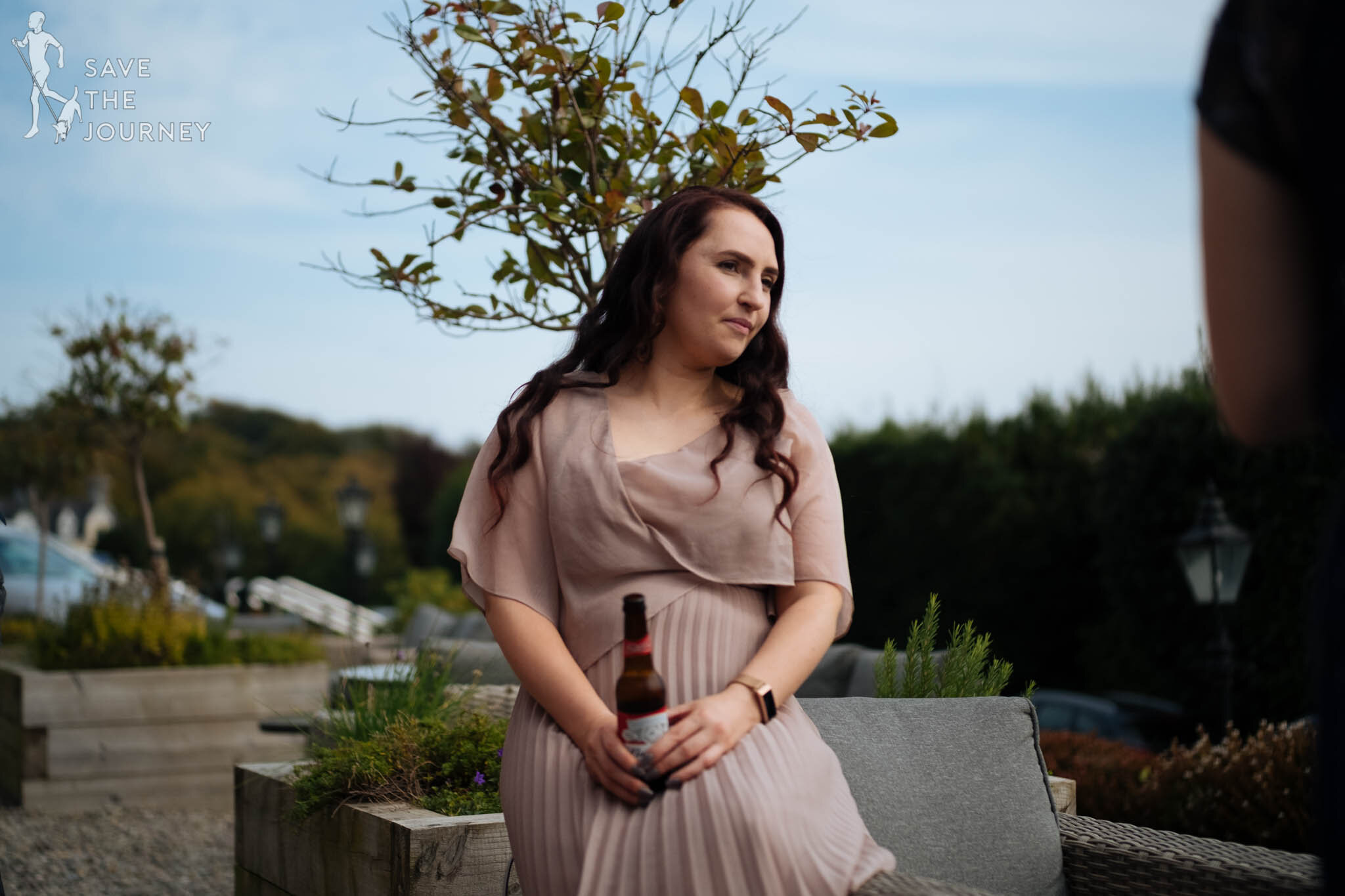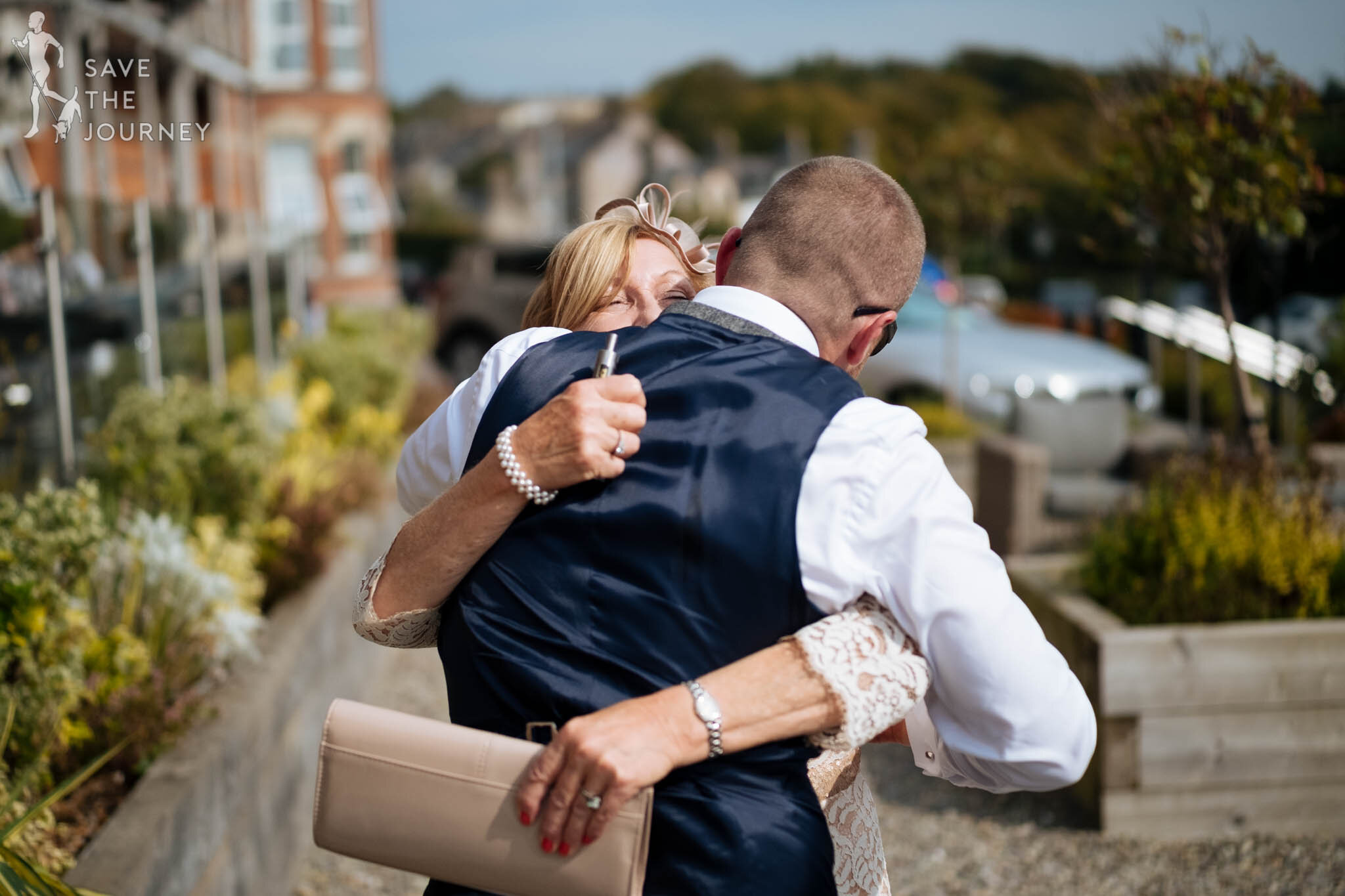I am absolutely thrilled by today’s speculation on Fujirumors that Cosina, Voigtländer’s parent company, will be announcing a 35mm f1.2, full manual lens for the Fujifilm X system!
If you have been reading my reviews on the Samyang lenses, especially the Samyang 21mm f1.4 and the Samyang 35mm f1.2, you’ll know that this is exactly what I was waiting for.
A Quick Recap
A quick recap for those who haven’t read my Samyang reviews (available here - 12mm, 21mm, 35mm); even though I love the image quality and the look of the images from the two lenses mentioned above, I always wished the lenses had a better build quality to match their amazing glass and optical design.
Especially the Samyang 35mm f1.2 suffers from too much stiffness to its focus ring. The Samyang 21mm is much better in that regard, much smoother, but still not something I would consider butter smooth. I long for my old Olympus OM 50mm f1.4 that had an amazingly smooth focus ring, with just the right amount of resistance. Or some Zeiss or Leica lenses I was able to use before were amazing, where as the Samyang 21mm is just very good and the 35mm is what I would describe as good. But I’d love to have the same lenses, with the same kind of quality in a more premium lens housing.
I take very good care of my lenses, in between shoots or while transporting my gear but during an event or photoshoot, I will always prioritize getting the shot instead of being cautious with my gear. Which is why there is one set of scratches on the housing of the 21mm. If they were a cm higher, they would have gone over the markings and focus distances on the focus ring. Since these numbers are just printed on and not engraved and then filled with ink, I have the suspicion that these markings will disappear at some stage in the future. Will I still own the lens when that happens? Will I still be using Fujifilm gear then? Who knows, but it would be nice to just have these engravings.
What I expect from the Voigtländer 35mm f1.2
I expect this lens to have a fantastic build quality, a very smooth focus ring with a metal housing. The rendering of the images will probably have a bit of an old school look with funky bokeh, probably not the sharpest wide open but very characterful. I wonder if it will be a full frame lens with a Fujifilm X mount, but I assume it will probably be a dedicated APS-C lens as they would have to re-design the lens to be suitable for the thicker stack Fujifilm sensors that would otherwise cause a lot of white hazing. Probably expect a price of around €800-900.
I love the lenses that Voigtländer have been releasing in the last few years. The ones that stand out to me most are the 50mm f3.5 non-collapsible lens with the beautiful engraving of the lens formula on the body. What a lens. While it doesn’t have a super fast aperture, it does have a fantastic colour reproduction and super creamy bokeh! I’m a big fan of the 40mm f1.4 as well, such an underrated focal length. As well as all of their APO lenses that focus on perfect colours! In a world of high megapixels and sharpness, I am delighted that there’s a company that still focusses on the important aspects like the rendering of colours, depth, bokeh and just producing beautiful images.
What I want from the Voigtländer 35mm f1.2
I’d love for Voigtländer to take the Samyang 35mm f1.2, put it in a gorgeous, metal Voigtländer housing and add a bit of character to the images. The Samyang 21mm has plenty of character, the Samyang 35mm isn’t lacking in character but it could benefit of having a little more. But keep the sharpness, light transmission and colours!
Although I expect the price to be high, I do hope it will only be around €500-600. If it is higher, as predicted, then for me it would have to be perfect in every regard. The competition at the 35mm focal length is pretty stiff in the Fujifilm world, especially with Fujifilm releasing their own updated, auto focus lens soon, the 33mm f1.4. But I do hope that Voigtländer succeeds with this lens and releases more focal lengths in the future.
Let’s see what happens!

